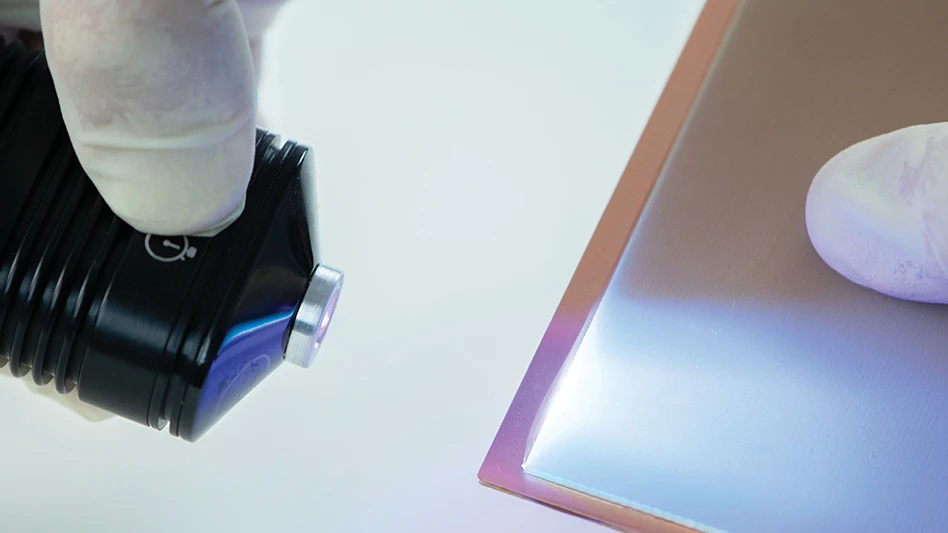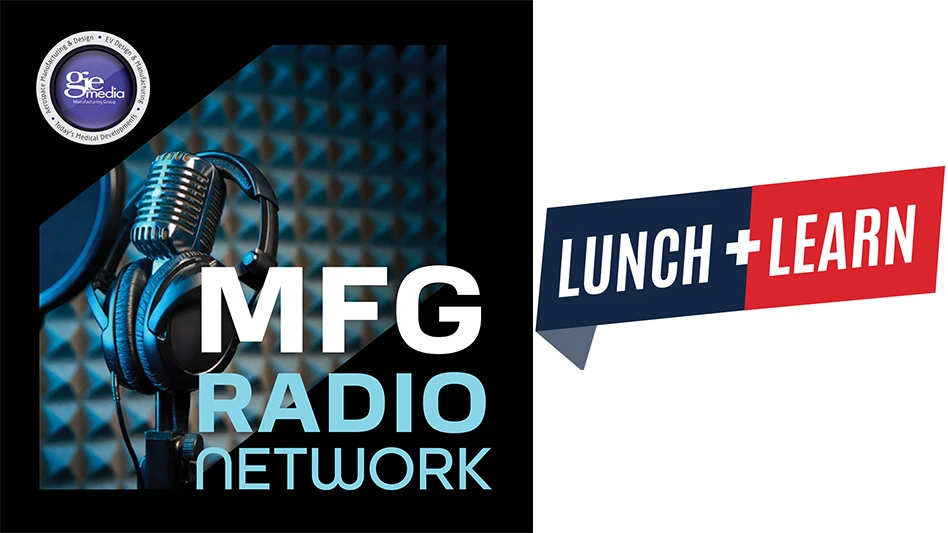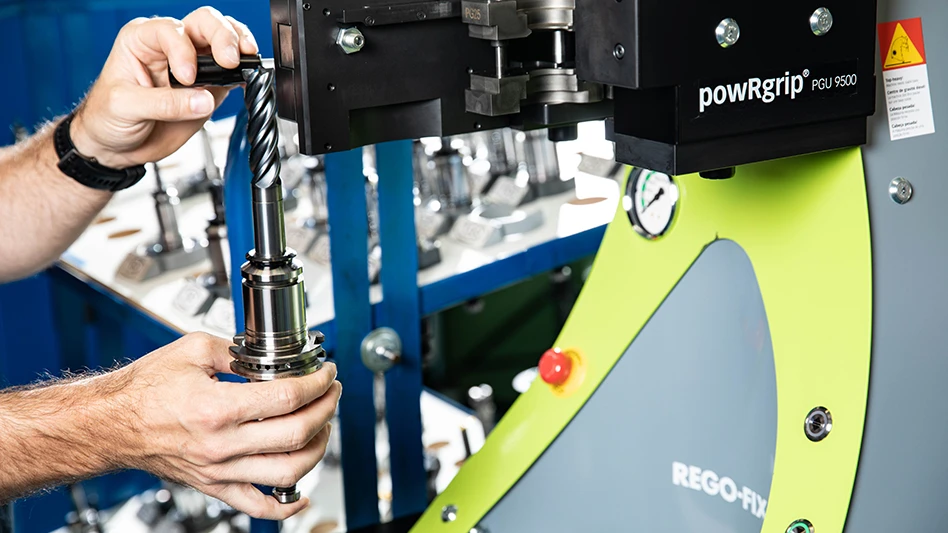 Tom Grasson Tom GrassonAssociate Publisher/Editorial Director tgrasson@gie.net |
Living by the motto “Let’s Help Keep America Strong – Source Locally,” Design-2-Part recently conducted its third annual survey to gage outsourcing trends. The survey went to more than 10,000 manufacturing engineers and purchasing personnel who attended one of eleven Design-2-Part shows between September 2011 and June 2012. There were 436 responses from a fairly even cross section across all major manufacturing industries. In case you are not familiar with Design-2-Part, the organization centers on bringing together American contract manufacturers with OEM buyers and engineers. Design-2-Part sets up tradeshows in major manufacturing hubs across the United States for sourcing custom parts, components, prototypes, and assemblies here in our own backyard. According to the survey results, contract manufacturing will continue a two-year trend of growth even as American manufacturing appears to be leveling out from a growth spurt in 2011. Interestingly, 42% of U.S. OEMs indicate that they expect to have more outsourcing projects/purchases in the next year than they had in the past 12 months. This was a 3% improvement from the previous year and an 11% increase from the 2010 survey. The survey also asked OEM engineers and buyers that outsource what is their company’s most important factor for measuring manufacturing outsourcing vendors. The number one priority was quality with a 49% response rate. Product cost came in second with a 39% response rate. Delivery followed with 9% and, believe it or not, technical support was last with 3%. When asked, “Where do you currently outsource the majority of your products,” the most popular response at 42% was local vendors within a 100-mile radius. Next, with 20% of the responses were regional vendors within a 250-mile radius. Right on the tail of regional vendors was national vendors at 19%. Interestingly, 20% of the respondents answered overseas/international vendors. Asked of the respondents who answered overseas/international was what their company views as the biggest supply chain risks. Fifty percent answered delivery time, followed by vendor stability at 31%, shipping costs mustered 12%, and natural disaster generated 7%. When asked what the advantages to outsource domestically are, five common themes prevailed: superior quality, better communication and supervision, reliable delivery, shorter production runs, and Made in America pride. Based on the results of this survey, it seems to me the reason outsourcing continues on a growth trend after two years is simply that outsourcing overseas is not the big deal it was once thought to be. The five common themes of outsourcing domestically, mentioned above, speaks volumes for the “re-shoring” efforts that are currently picking up momentum throughout the manufacturing sector.
|

Explore the September 2012 Issue
Check out more from this issue and find your next story to read.
Latest from Today's Medical Developments
- Copper nanoparticles could reduce infection risk of implanted medical device
- Renishaw's TEMPUS technology, RenAM 500 metal AM system
- #52 - Manufacturing Matters - Fall 2024 Aerospace Industry Outlook with Richard Aboulafia
- Tariffs threaten small business growth, increase costs across industries
- Feed your brain on your lunch break at our upcoming Lunch + Learn!
- Robotics action plan for Europe
- Maximize your First Article Inspection efficiency and accuracy
- UPM Additive rebrands to UPM Advanced






